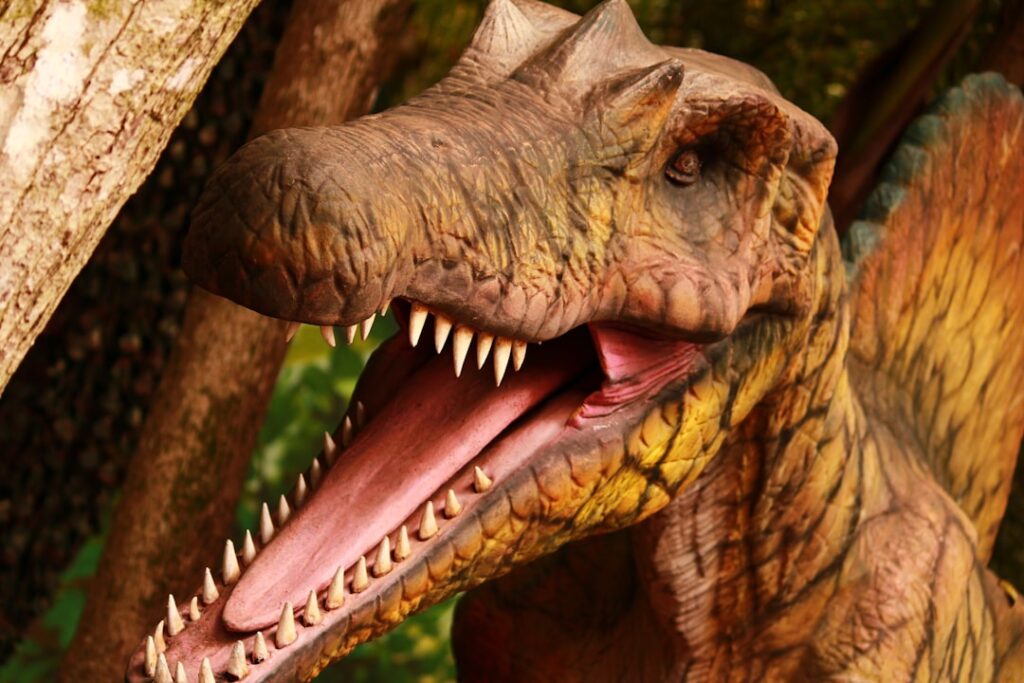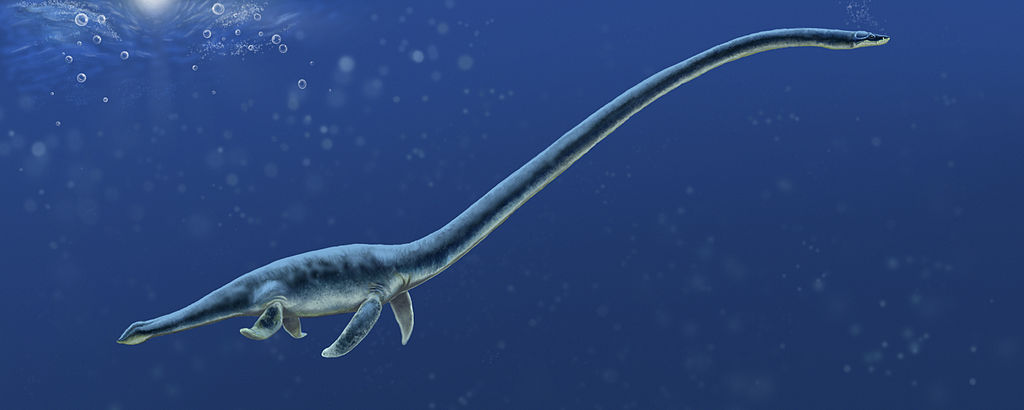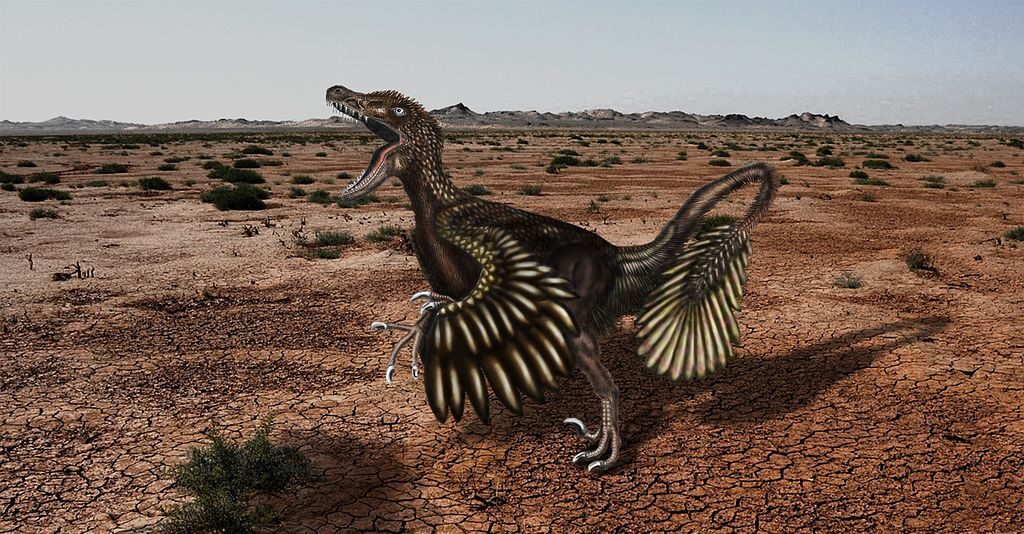Picture this: you’re walking through a prehistoric forest seventy-five million years ago, and suddenly the air fills with deep, resonating calls echoing through the ancient landscape. Those sounds might not have been random roars from Hollywood movies. They could have been complex conversations between dinosaurs.
For decades, we’ve imagined dinosaurs as silent giants or roaring monsters based on pure speculation. Yet scientists today are uncovering compelling evidence that many of these magnificent creatures possessed sophisticated vocal abilities that may have rivaled modern birds. Through cutting-edge technology, fossil analysis, and comparative studies with living animals, researchers are painting a fascinating new picture of dinosaur communication. So let’s dive in and discover why some of the most brilliant scientific minds believe dinosaurs weren’t just stomping around silently – they were actually talking to each other.
The Missing Link Between Birds and Ancient Reptiles
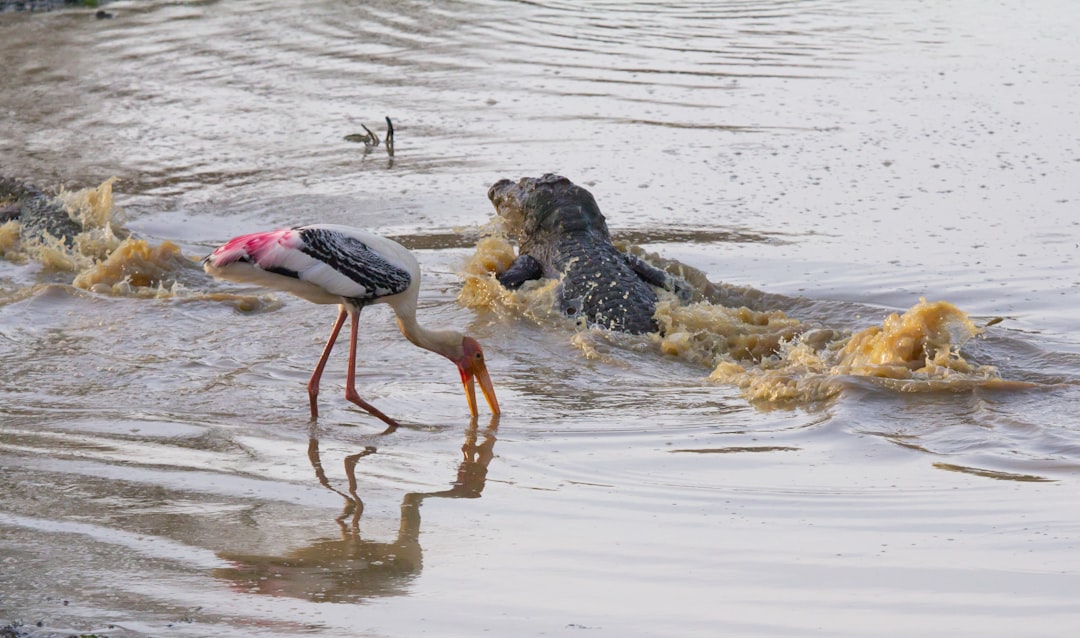
When you look at a modern crocodile basking by a riverbank, you’re seeing one of dinosaurs’ closest living relatives. Crocodilians and birds are the modern representatives of Phylum Archosauria, a group that includes the extinct dinosaurs. Scientists have discovered something remarkable about this evolutionary family tree.
One of their shared behavioural features is the use of acoustic communication, especially in the context of parental care. Both crocodiles and birds use vocalizations to communicate with their offspring, establish territories, and coordinate social behaviors. This shared trait suggests that their common ancestor, which lived alongside dinosaurs, also possessed vocal communication abilities.
Revolutionary Fossil Evidence Changes Everything
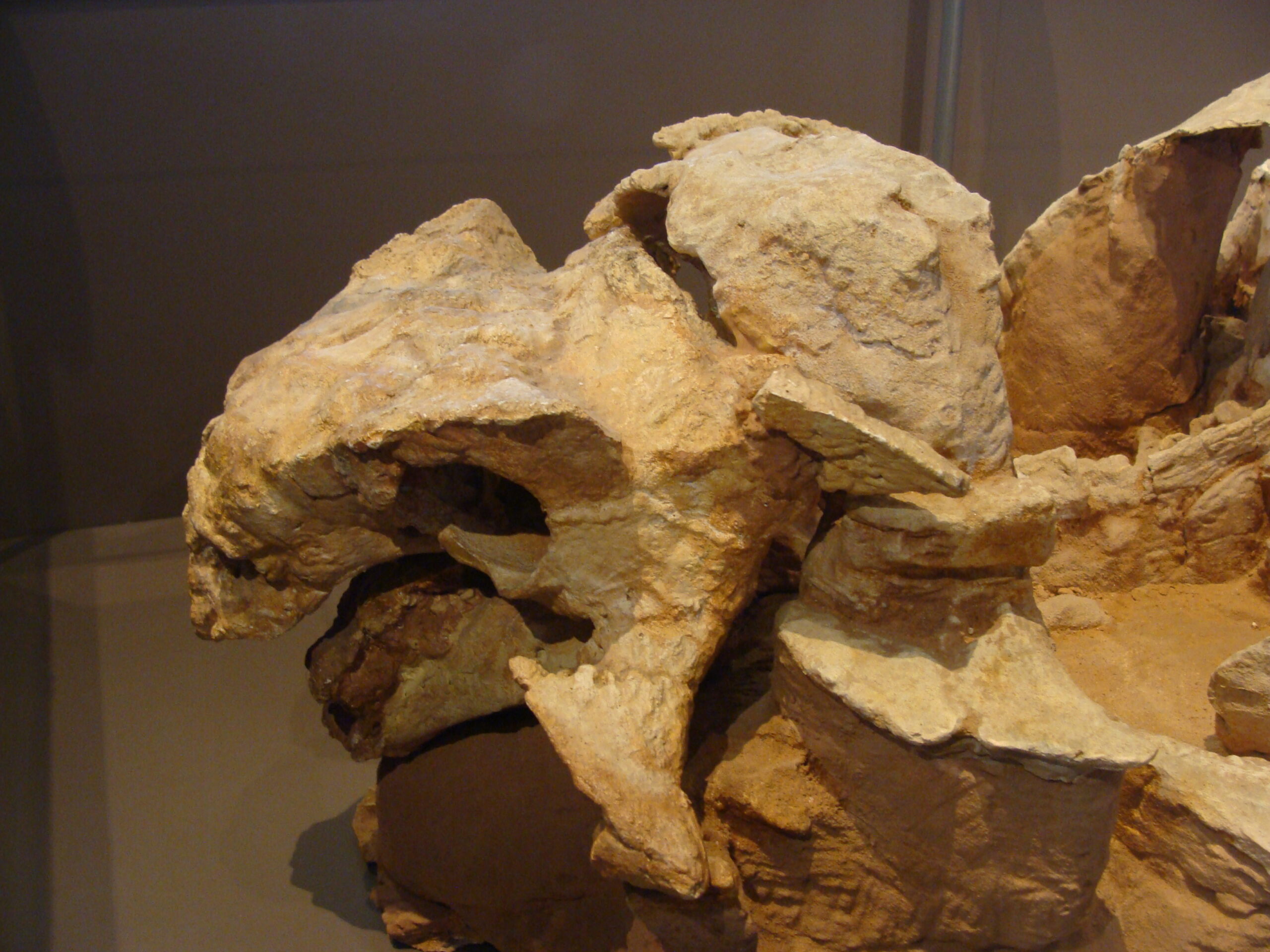
The discovery that changed how scientists think about dinosaur voices came from an unexpected source. Here we report the fossil larynx found in non-avian dinosaurs from ankylosaur Pinacosaurus grangeri. This represents the first direct evidence of vocal structures preserved in a dinosaur fossil.
What makes this discovery extraordinary is how the Pinacosaurus larynx differs from typical reptile voice boxes. The larynx of Pinacosaurus is composed of the cricoid and arytenoid like non-avian reptiles, but specialized with the firm and kinetic cricoid-arytenoid joint, prominent arytenoid process, long arytenoid, and enlarged cricoid, as a possible vocal modifier like birds rather than vocal source like non-avian reptiles. This suggests that some dinosaurs developed bird-like vocal modifications millions of years before modern birds evolved.
Computer Models Bring Dinosaur Voices to Life
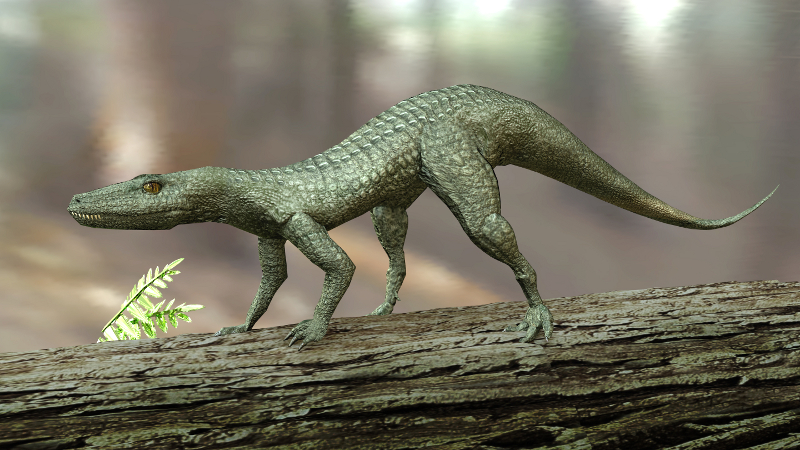
Scientists aren’t just guessing about how dinosaurs sounded. They’re using powerful computers to recreate their voices. Paleontologist Tom Williamson and computer scientist Carl Diegert had to use common sense and some imagination to reconstruct not only missing parts such as the beak and nostrils of the dinosaur, but also the soft tissues of the head and throat. The low-frequency sound was produced by computer scientists and paleontologists using computed tomography (CT scans) and powerful computers.
The results have been fascinating. As expected, based on the structure of the crest, the dinosaur apparently emitted a resonating low-frequency rumbling sound that can change in pitch. These computerized recreations give us the closest thing we have to actually hearing a dinosaur speak after millions of years of silence.
The Parasaurolophus: Nature’s Ancient Trombone
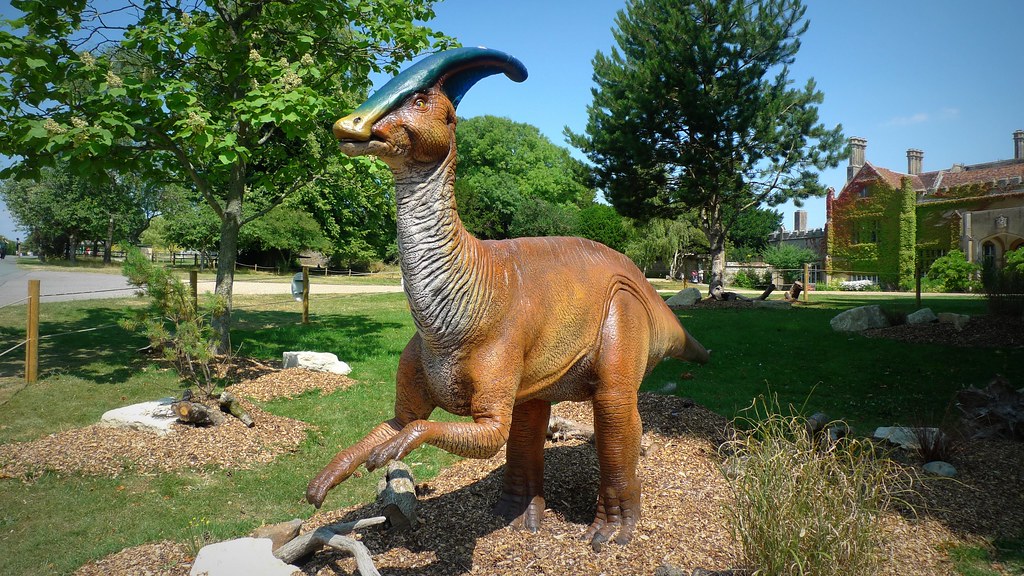
Among all dinosaurs, the duck-billed Parasaurolophus has captured scientists’ attention for its remarkable crest structure. The dinosaur had a bony tubular crest that extended back from the top of its head. Many scientists have believed the crest, containing a labyrinth of air cavities and shaped something like a trombone, might have been used to produce distinctive sounds.
Recent computer modeling has revealed the complexity of this natural instrument. Not only are there more tubes than the simple, trombone-like loops described in previous studies, but there are new chambers within the crest. This intricate internal architecture suggests that Parasaurolophus could produce a variety of different tones and possibly even harmonics, much like a sophisticated musical instrument.
Closed-Mouth Communication Secrets
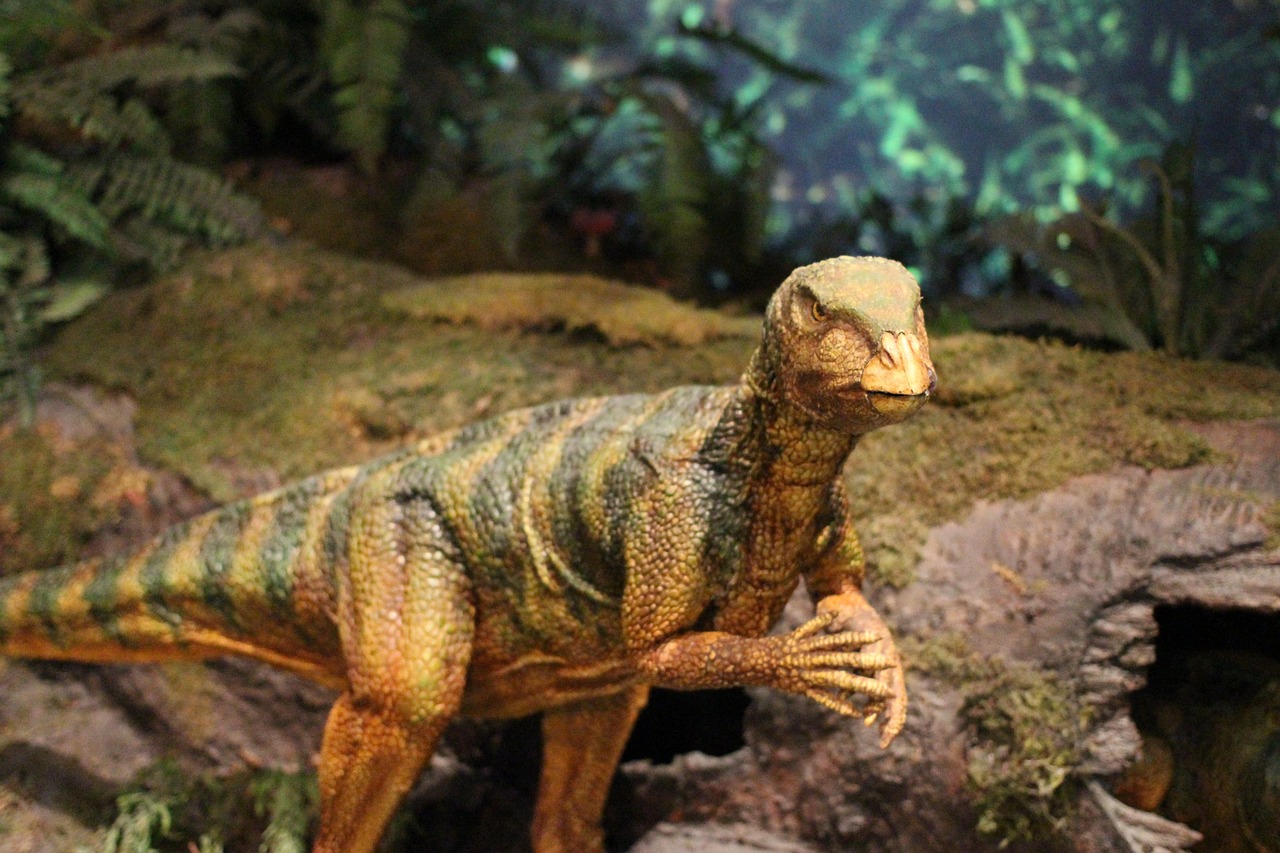
You might think all animal vocalizations require an open mouth, but scientists have discovered something intriguing about prehistoric communication. Dinosaurs may have made closed-mouth noises, much like the booms and hoots that some birds make today, according to a study published in July 2016 in the journal Evolution. “Closed-mouth vocalizations are sounds that are emitted through the skin in the neck area while the beak is kept closed”.
This discovery has profound implications for understanding dinosaur communication. The scientists found that these hoots evolved at least 16 times in Archosaurs, a group that includes birds, dinosaurs and crocodiles. The repeated evolution of this vocal ability suggests it provided significant survival advantages, potentially allowing dinosaurs to communicate over long distances without alerting predators to their exact location.
Advanced Hearing Capabilities Suggest Complex Communication

For dinosaurs to have meaningful conversations, they needed sophisticated hearing abilities. Research into dinosaur ear structures has revealed remarkable capabilities. Based on analyses of dinosaur ears, scientists concluded the beasts had excellent low-frequency hearing, Williamson said. Such low-frequency sounds could “penetrate through thick vegetation and over large distances, and may have allowed individual dinosaurs to be heard over vast areas”.
This enhanced hearing ability perfectly complements their proposed vocal capabilities. Fossil records of the large bones in the dinosaur’s ears compared to corresponding bones in human ears suggests they were able to hear lower frequencies than humans. The combination of specialized vocal structures and sensitive low-frequency hearing creates a compelling case for complex dinosaur communication systems.
The Syrinx: Birds’ Secret Vocal Weapon
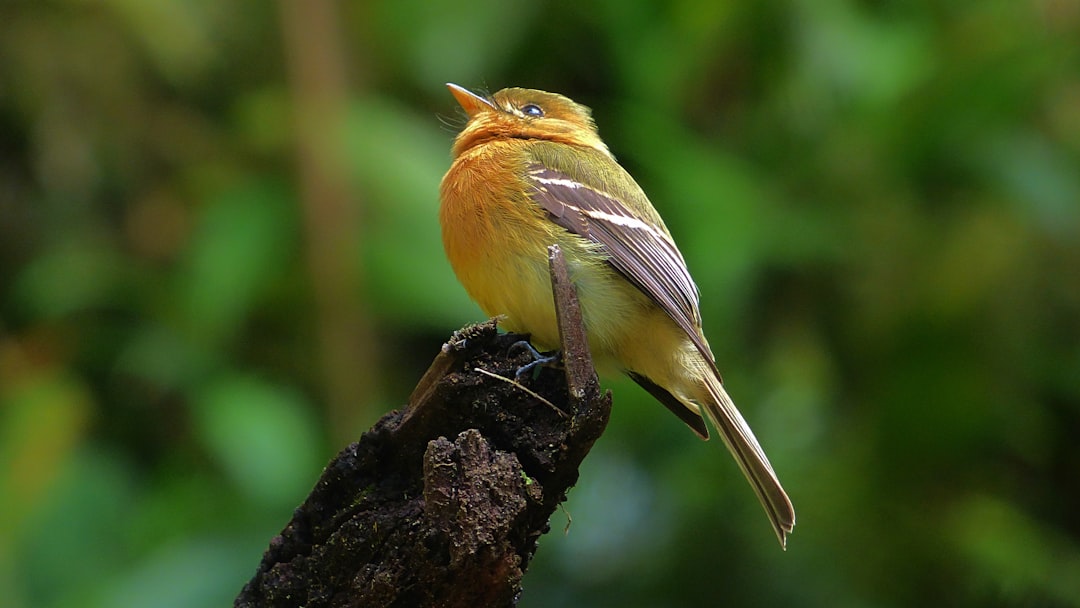
To understand dinosaur vocalizations, scientists study the unique vocal organ of modern birds called the syrinx. The melodious call of many birds comes from a mysterious organ buried deep within their chests: a one-of-a-kind voice box called a syrinx. Now, scientists have concluded that this voice box evolved only once, and that it represents a rare example of a true evolutionary novelty.
The syrinx’s evolutionary timeline provides crucial clues about dinosaur communication. The oldest known syrinx was found in Antarctica in a fossil bird dating to approximately 69 million to 66 million years ago during the Cretaceous Period. This discovery suggests that the syrinx evolved earlier in a lineage of theropod dinosaurs that gave rise to living birds. However, the absence of fossilized syrinxes in non-bird dinosaurs raises intriguing questions about their vocal abilities.
Comparative Anatomy Reveals Surprising Connections
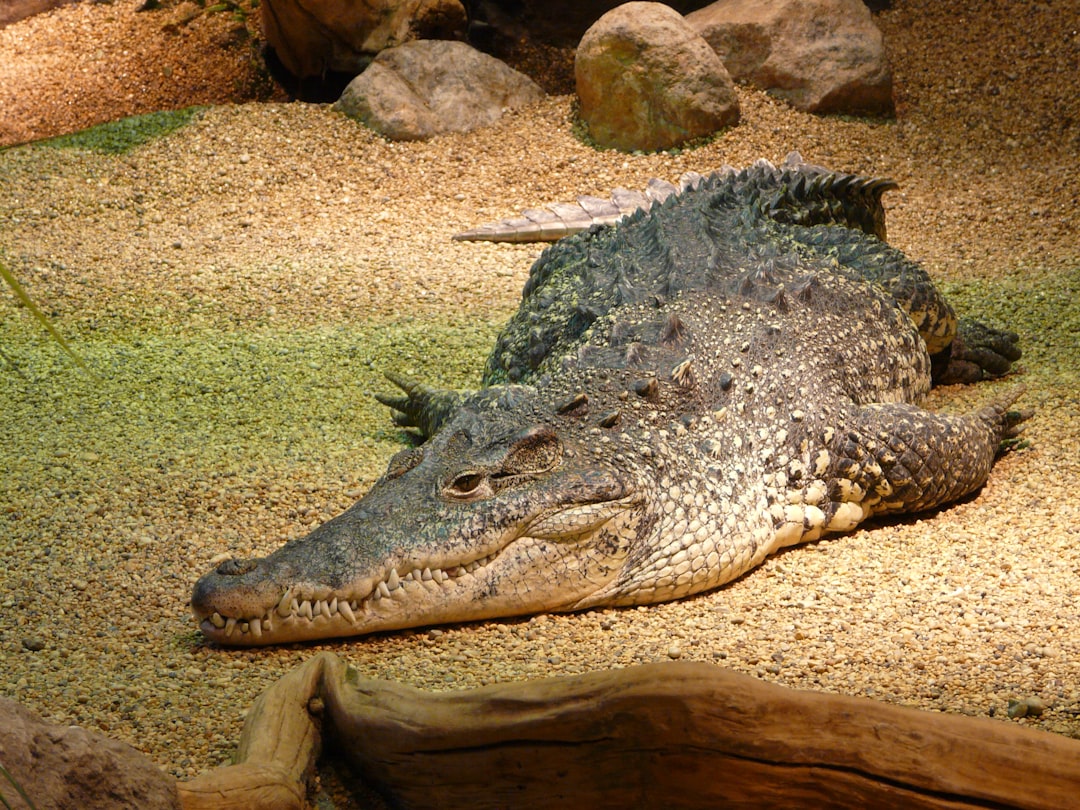
Scientists use living animals to understand extinct ones, and the connections between modern crocodiles, birds, and dinosaurs provide valuable insights. Clues from the fossil record and related, living animals, such as birds and crocodiles, hint at the ways the ancient creatures may have communicated, said Thomas Williamson, curator of paleontology at the New Mexico Museum of Natural History and Science. “We rely heavily on modern animals to make inferences about extinct animals,” Williamson told Live Science.
The evolutionary relationships become even more fascinating when examining vocal structures. Within dinosaurs there was a transition from a vocal organ present in the larynx (present in crocodiles) to one uniquely developed deep in the chest in birds. This transition suggests that somewhere in the dinosaur lineage, vocal communication underwent significant evolutionary changes that eventually led to the complex bird songs we hear today.
Body Size and Vocal Communication Patterns
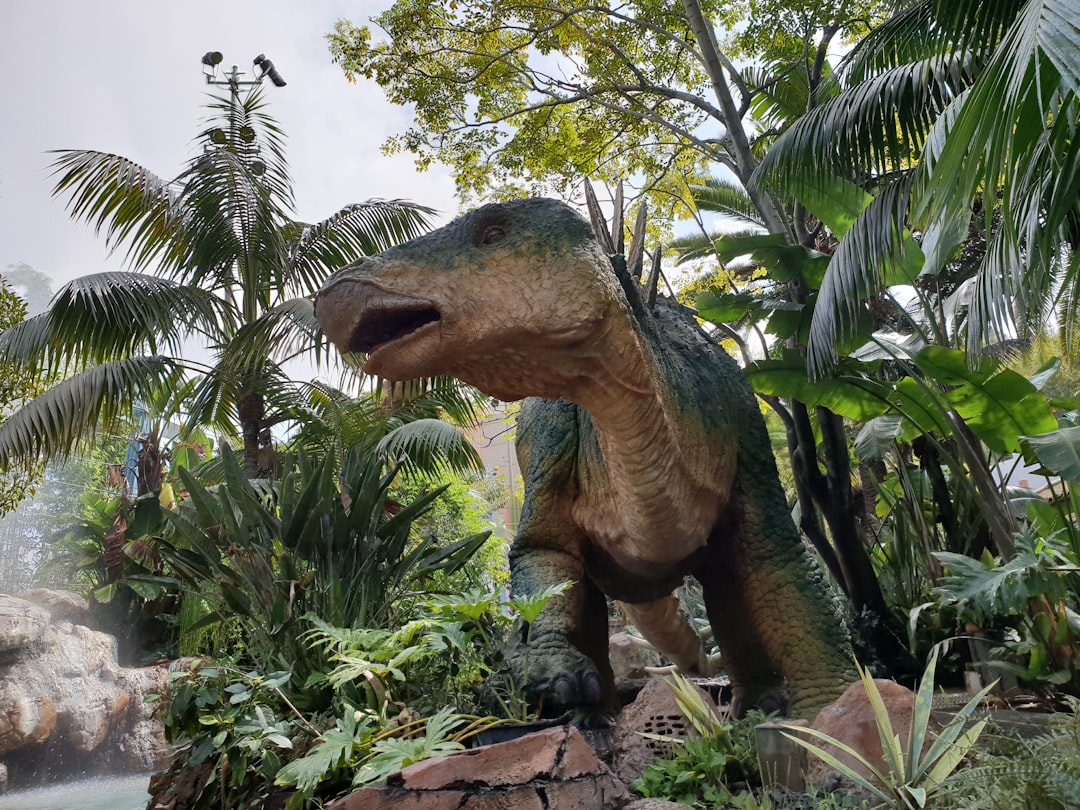
The relationship between body size and vocalization patterns provides another piece of the dinosaur communication puzzle. Interestingly, only animals with a relatively large body size (about the size of a dove or larger) use closed-mouth vocalization behavior. He added that “since dinosaurs are members of the Archosaur group, and many had large body sizes, it is likely that some dinosaurs made closed-mouthed vocalizations in a manner similar to birds today”.
This size-related pattern makes perfect sense when considering the massive scale of many dinosaur species. Large-bodied animals tend to produce lower-frequency sounds that travel further distances, which would have been advantageous for creatures living in vast prehistoric landscapes. The combination of their size and proposed vocal abilities suggests dinosaurs could have maintained acoustic contact across impressive distances.
Social Behaviors and Communication Needs
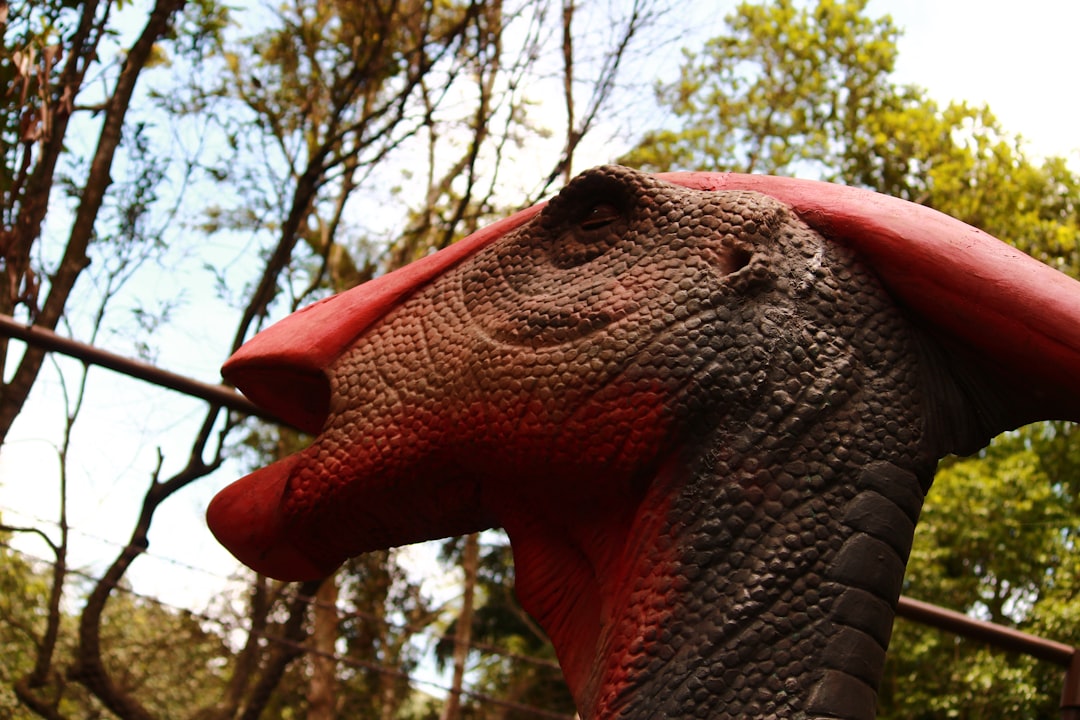
Evidence for complex social behaviors among dinosaurs strengthens the case for sophisticated communication systems. Perhaps most notable is their parental care – crocodilians guard their nests and protect their young, a behavior that fossil evidence suggests was also common among many dinosaur species. Their complex social structures, including dominance hierarchies and territorial behaviors, may reflect social patterns that existed among dinosaur groups.
These social dynamics would have required effective communication methods. Crocodilians also use vocalizations for communication, from the bellowing of males during mating season to the calls between mothers and hatchlings – similar vocal communication is thought to have existed among dinosaurs based on their cranial anatomy. The parallel between crocodilian family communication and proposed dinosaur social structures suggests that vocal communication played crucial roles in prehistoric family life.
Technological Breakthroughs in Vocal Reconstruction
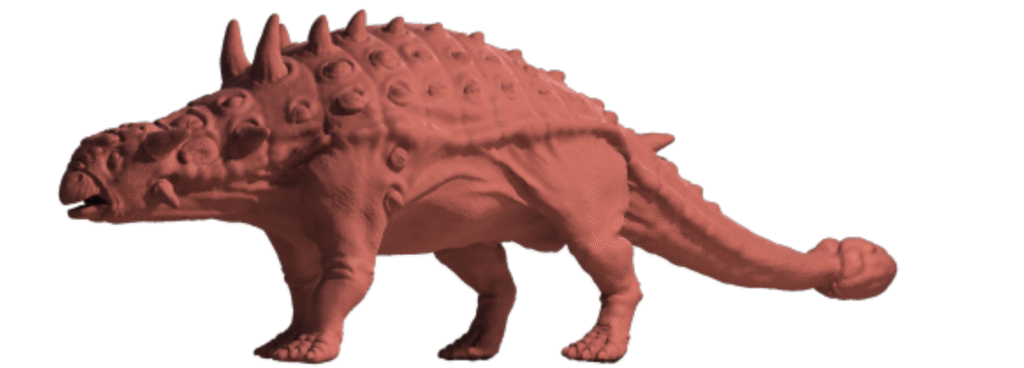
Modern technology has revolutionized our ability to study ancient vocalizations. The computer-modeling techniques used to create the dinosaur sound are the same ones Sandia uses to create complex, three-dimensional models for conducting computer simulations of problems that cannot be subjected to real-world tests. Sandia uses X-ray tomography similar to the CT scans taken on the dinosaur to develop advanced-imaging techniques for manufacturing design and testing.
These sophisticated modeling techniques allow scientists to virtually reconstruct soft tissues that don’t preserve in fossils. Once the size and shape of the air passages were determined with the aid of powerful computers and unique software, it was possible to determine the natural frequency of the sound waves the dinosaur pumped out, much the same as the size and shape of a musical instrument governs its pitch and tone. Once the 3-D model was completed, the computer was able to simulate blowing air through the crest to amplify the tones it was capable of making.
The Future of Dinosaur Voice Research
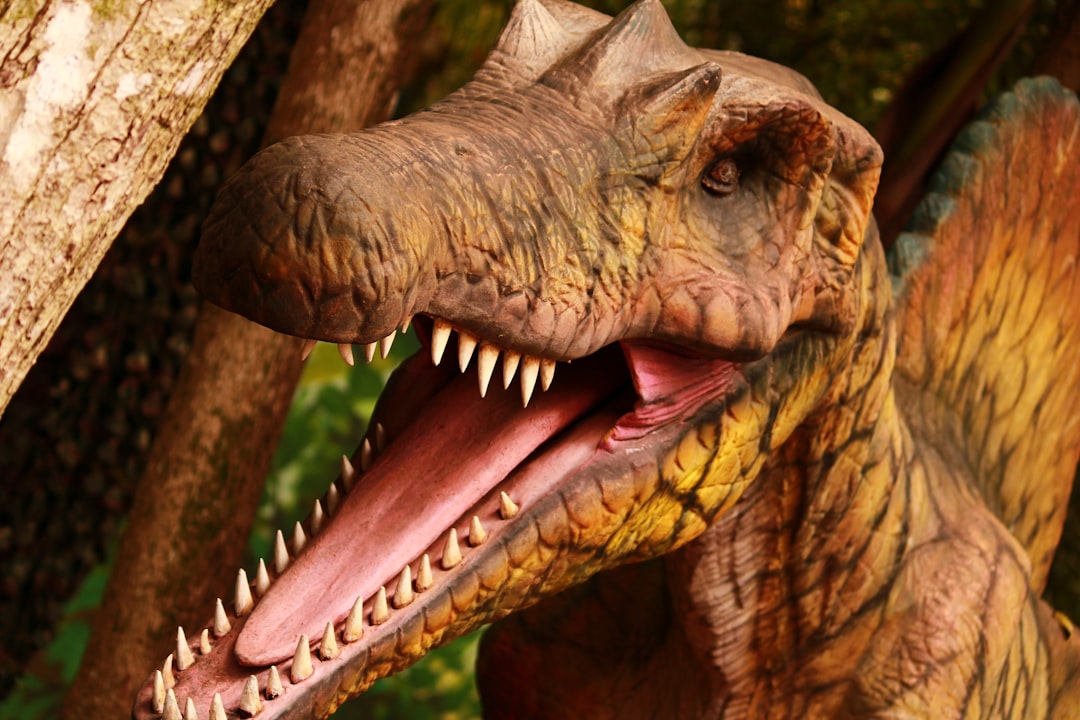
As technology advances, scientists continue pushing the boundaries of what we can learn about dinosaur communication. The new data show the fossilization potential of the avian vocal organ and beg the question why these remains have not been found in other dinosaurs. The lack of other Mesozoic tracheobronchial remains, and the poorly mineralized condition in archosaurian taxa without a syrinx, may indicate that a complex syrinx was a late arising feature in the evolution of birds, well after the origin of flight and respiratory innovations.
This ongoing research continues to reshape our understanding of prehistoric life. Scientists are developing new preservation techniques, more sophisticated computer models, and innovative ways to analyze fossil evidence. Each discovery brings us closer to understanding the rich acoustic landscape that filled prehistoric Earth, where complex conversations between magnificent creatures may have been as common as bird songs are today.
Conclusion
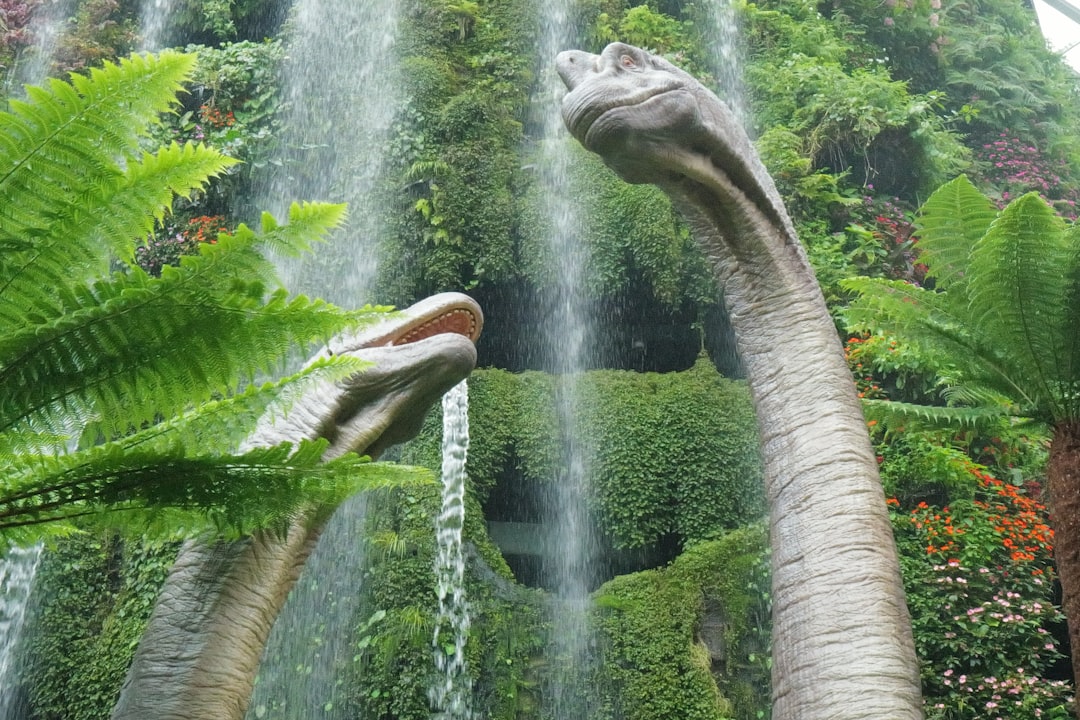
The emerging picture of dinosaur communication reveals a far more sophisticated prehistoric world than we ever imagined. From the trombone-like calls of Parasaurolophus echoing across ancient landscapes to the closed-mouth vocalizations that could travel for miles, dinosaurs likely possessed remarkable vocal abilities. The combination of fossilized larynx structures, computer modeling, comparative anatomy with living relatives, and evidence of complex social behaviors all point toward the same conclusion: some dinosaurs could indeed communicate in ways that might be considered talking.
This research not only changes how we view these ancient creatures but also provides crucial insights into the evolution of communication itself. The next time you hear a bird singing outside your window, remember that those melodies carry an acoustic legacy stretching back millions of years to when dinosaurs first began their prehistoric conversations. What do you think – does this evidence convince you that ? Tell us in the comments.

